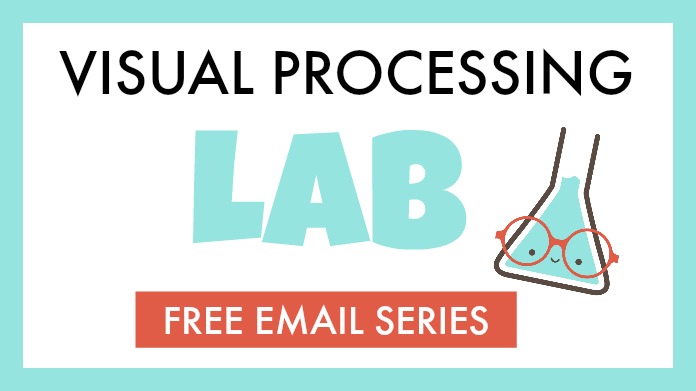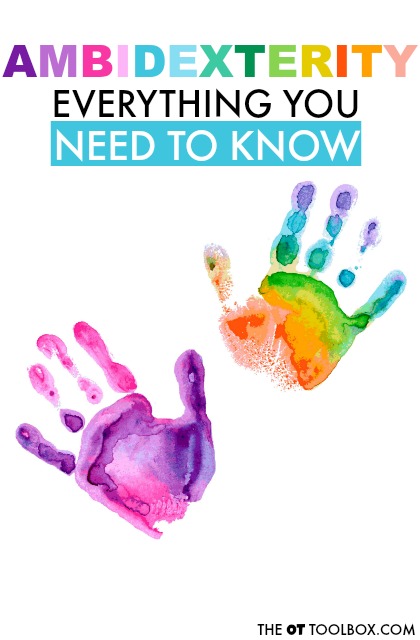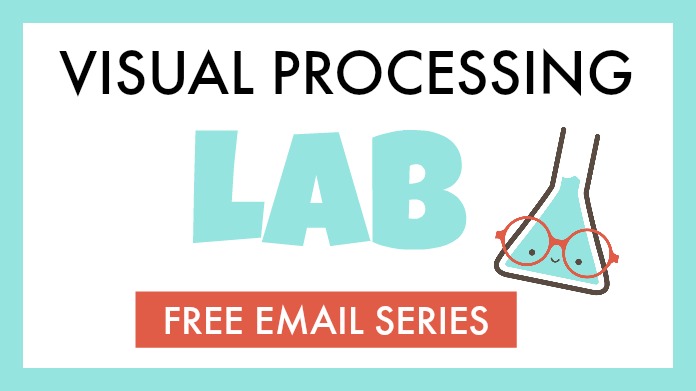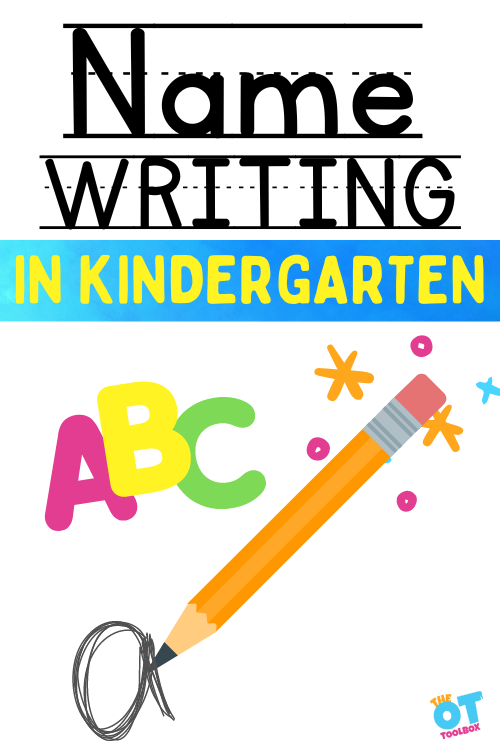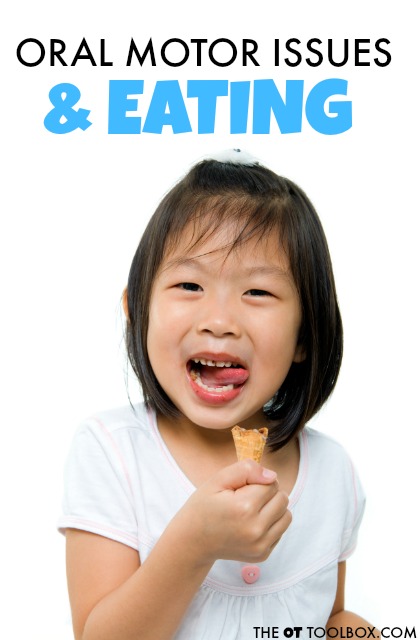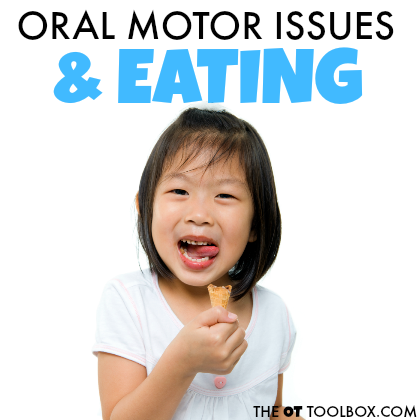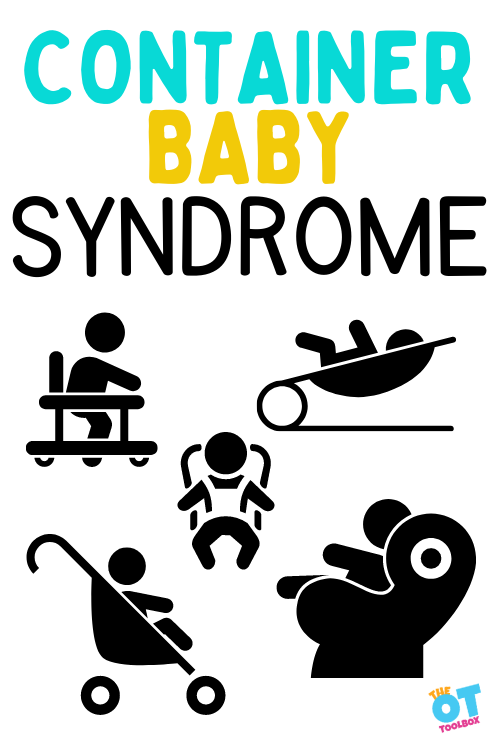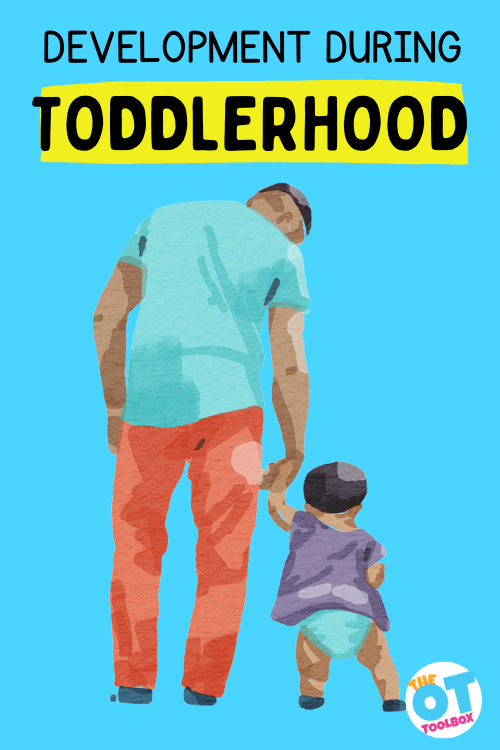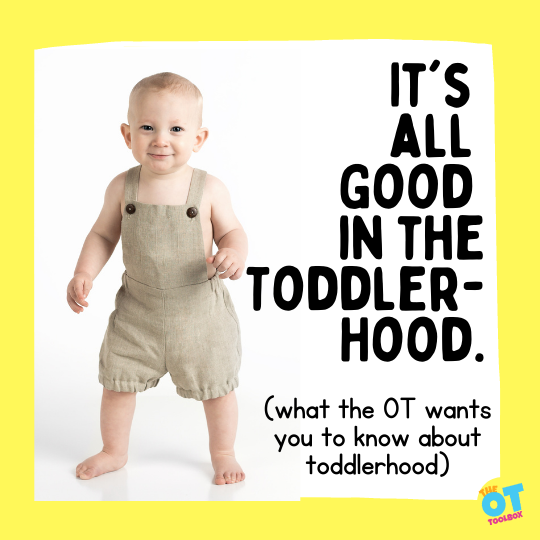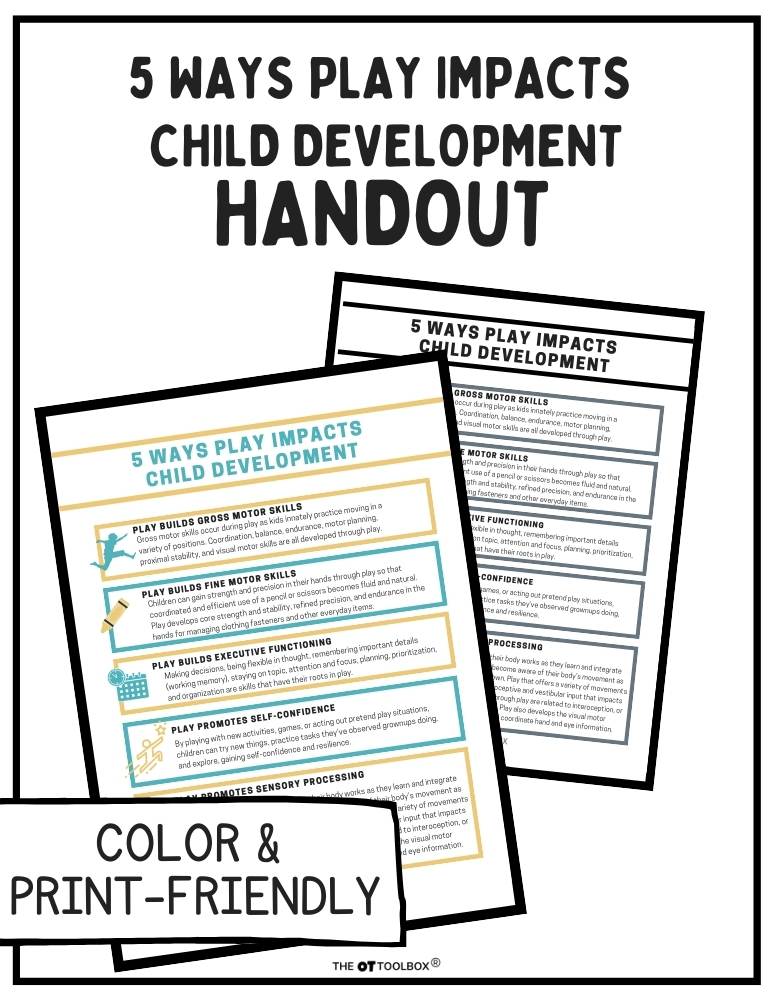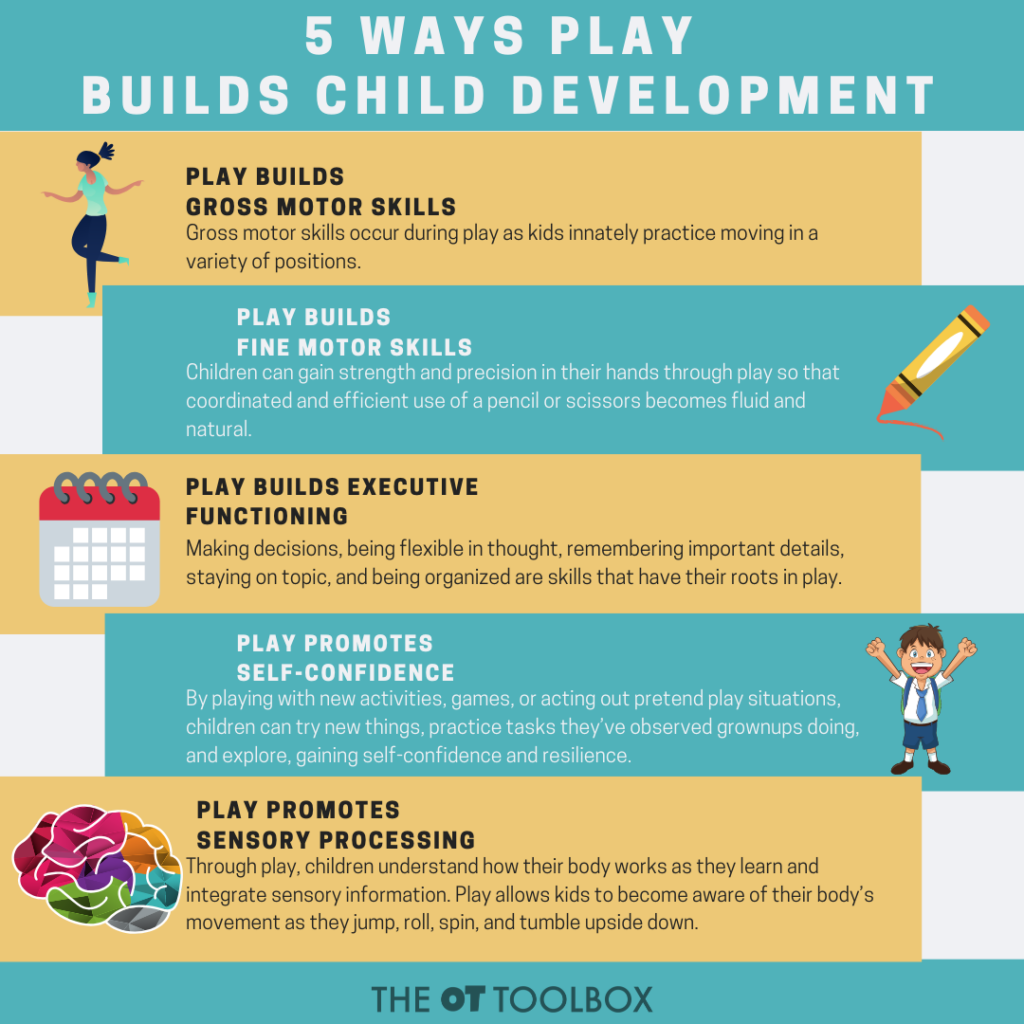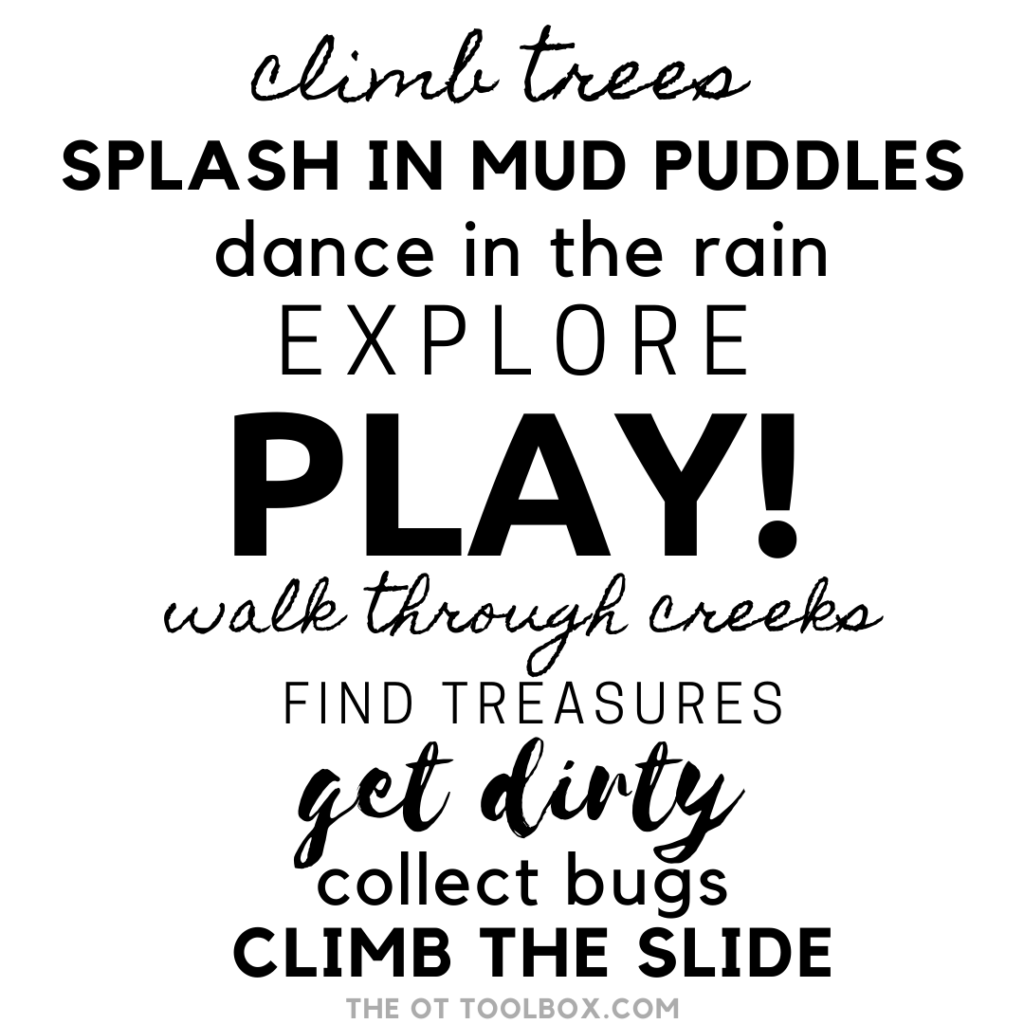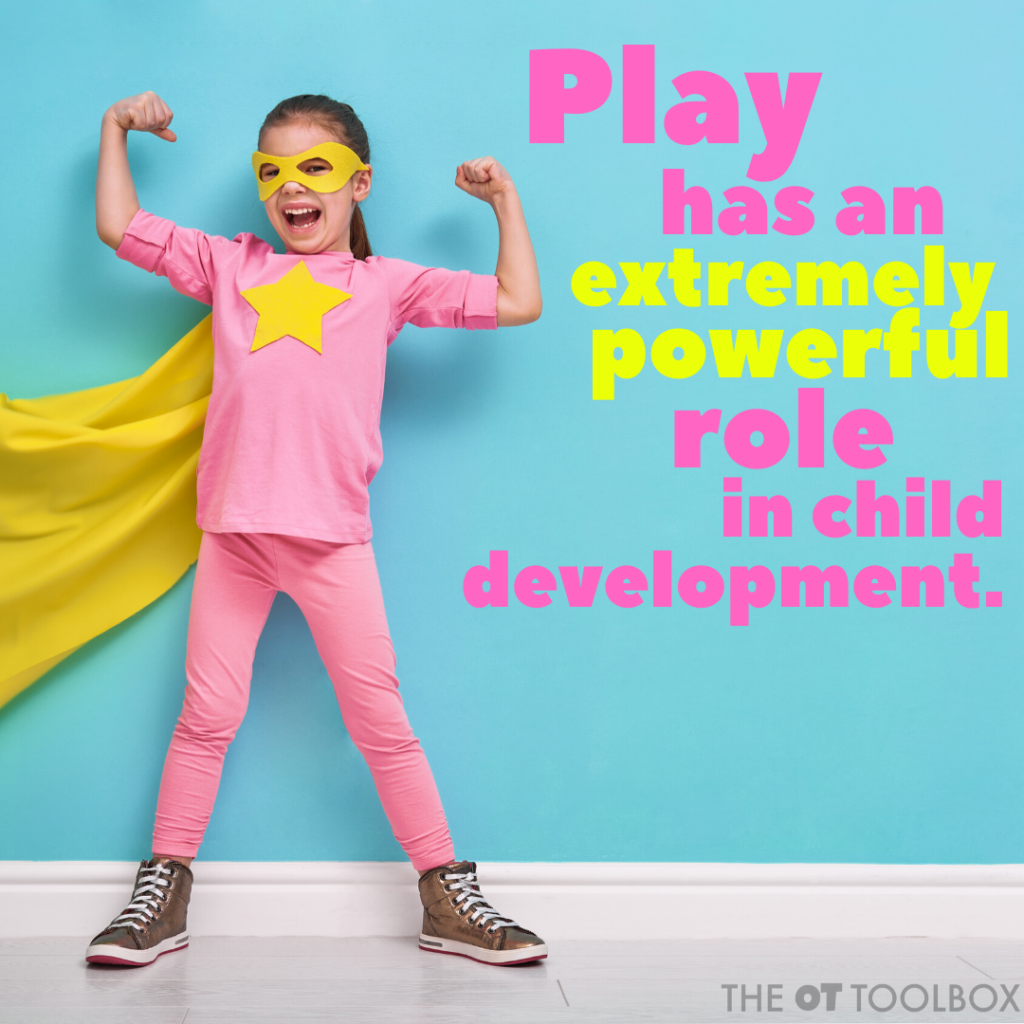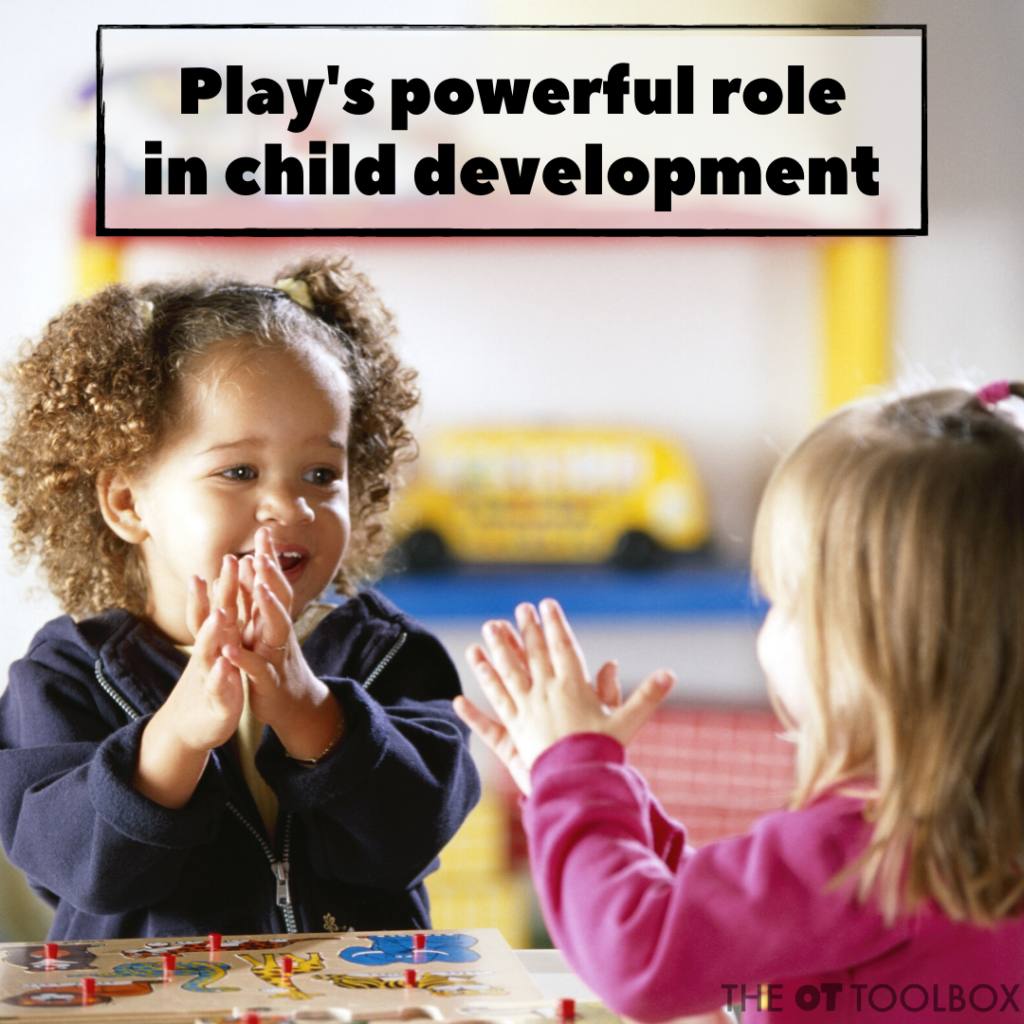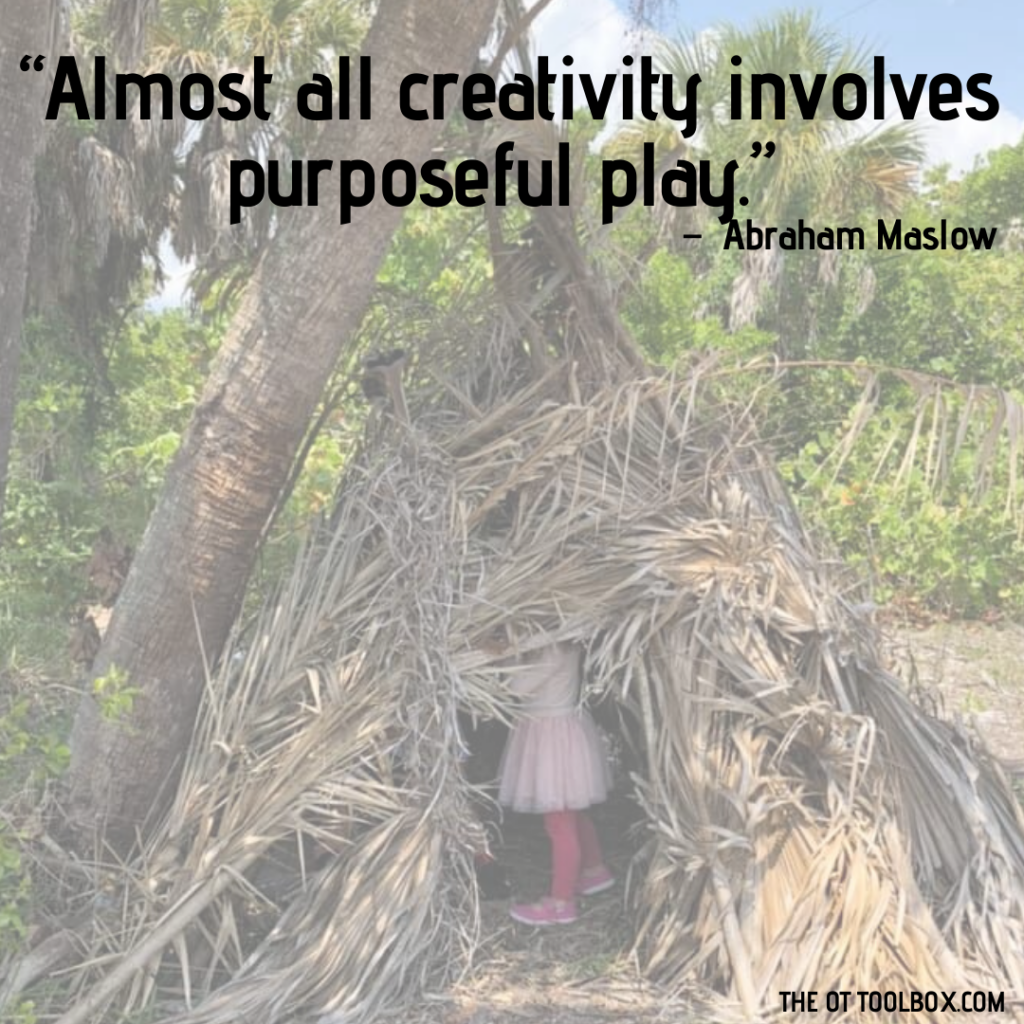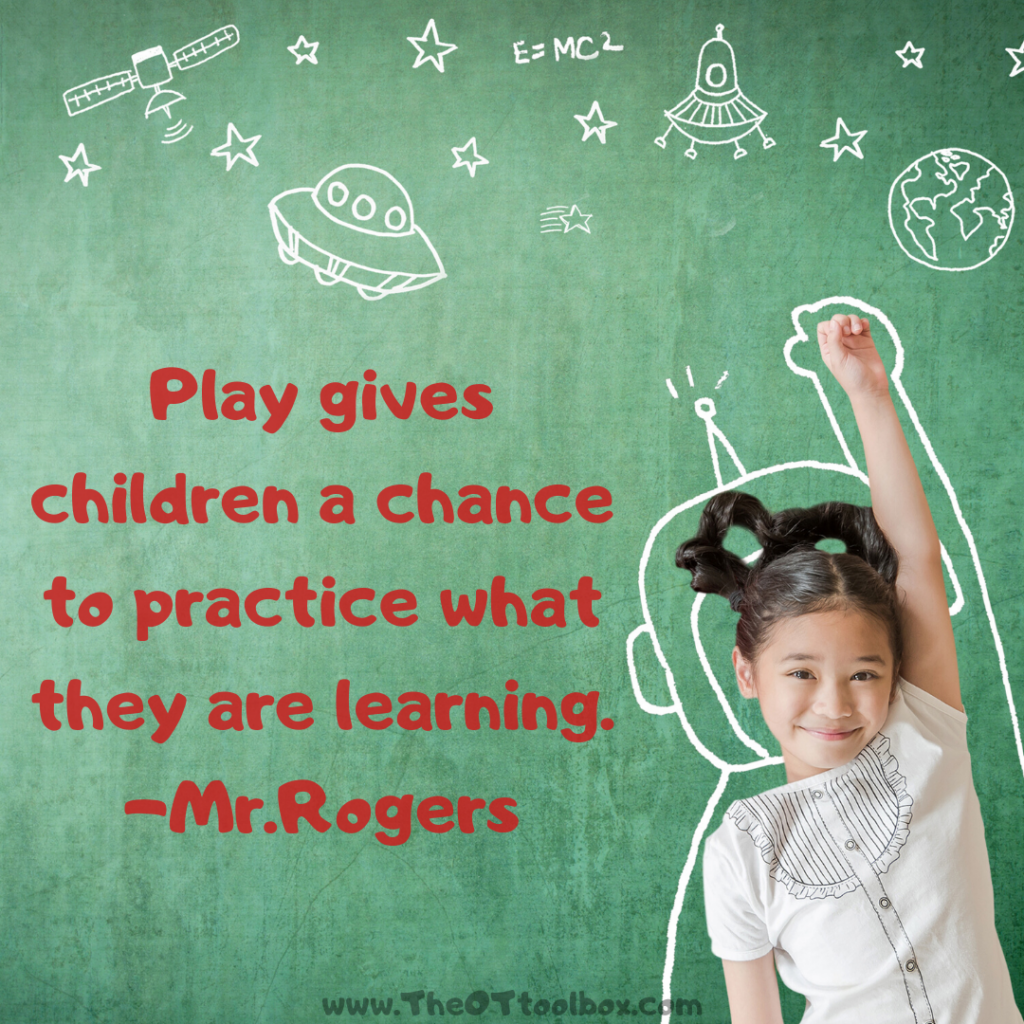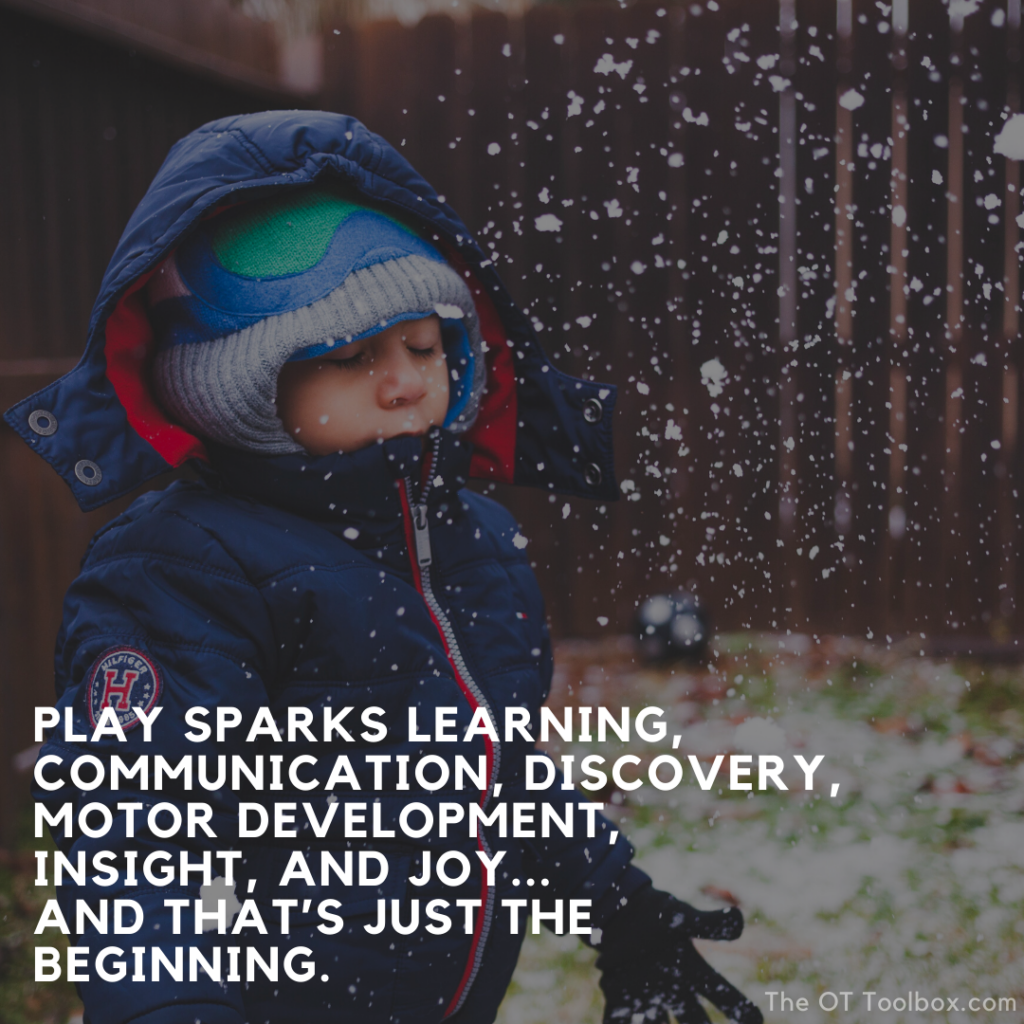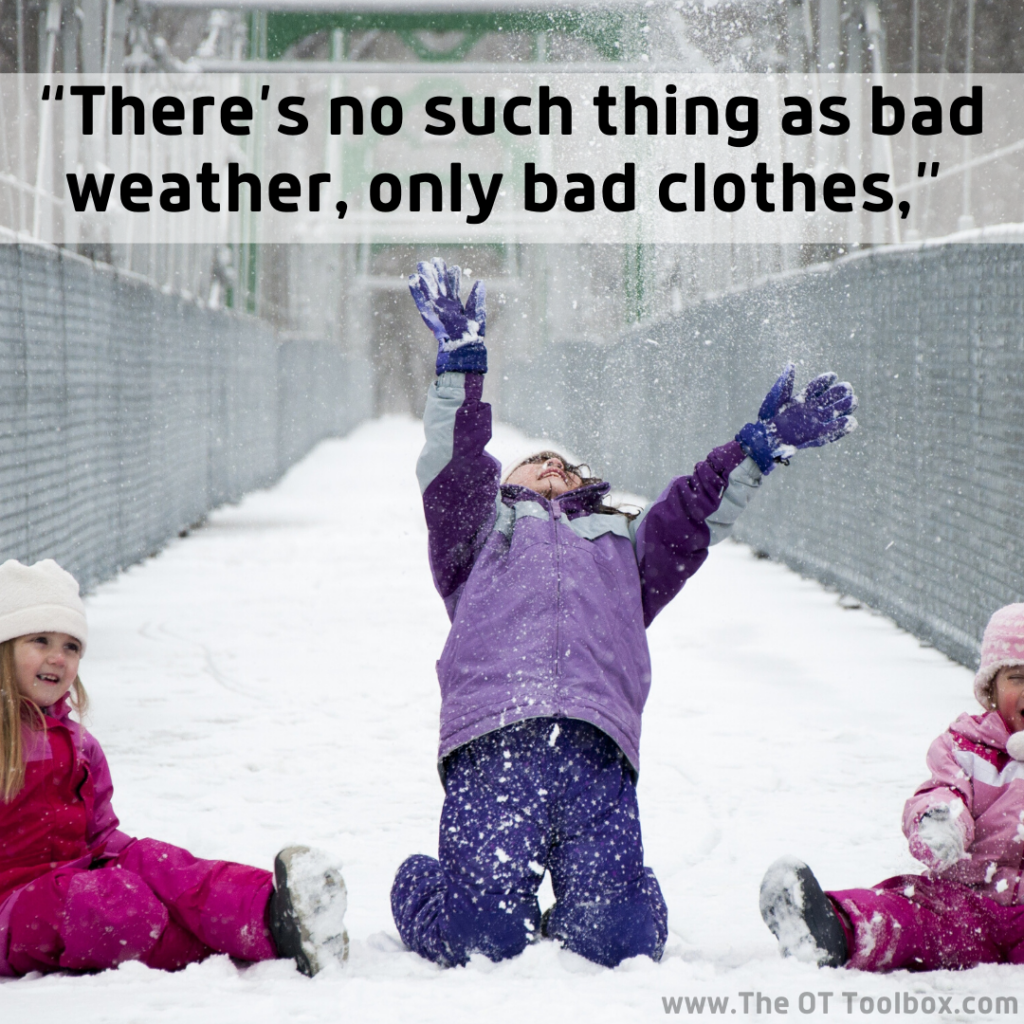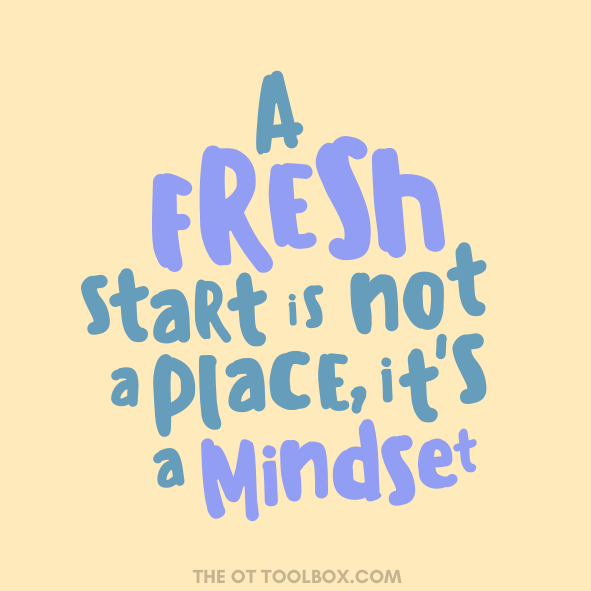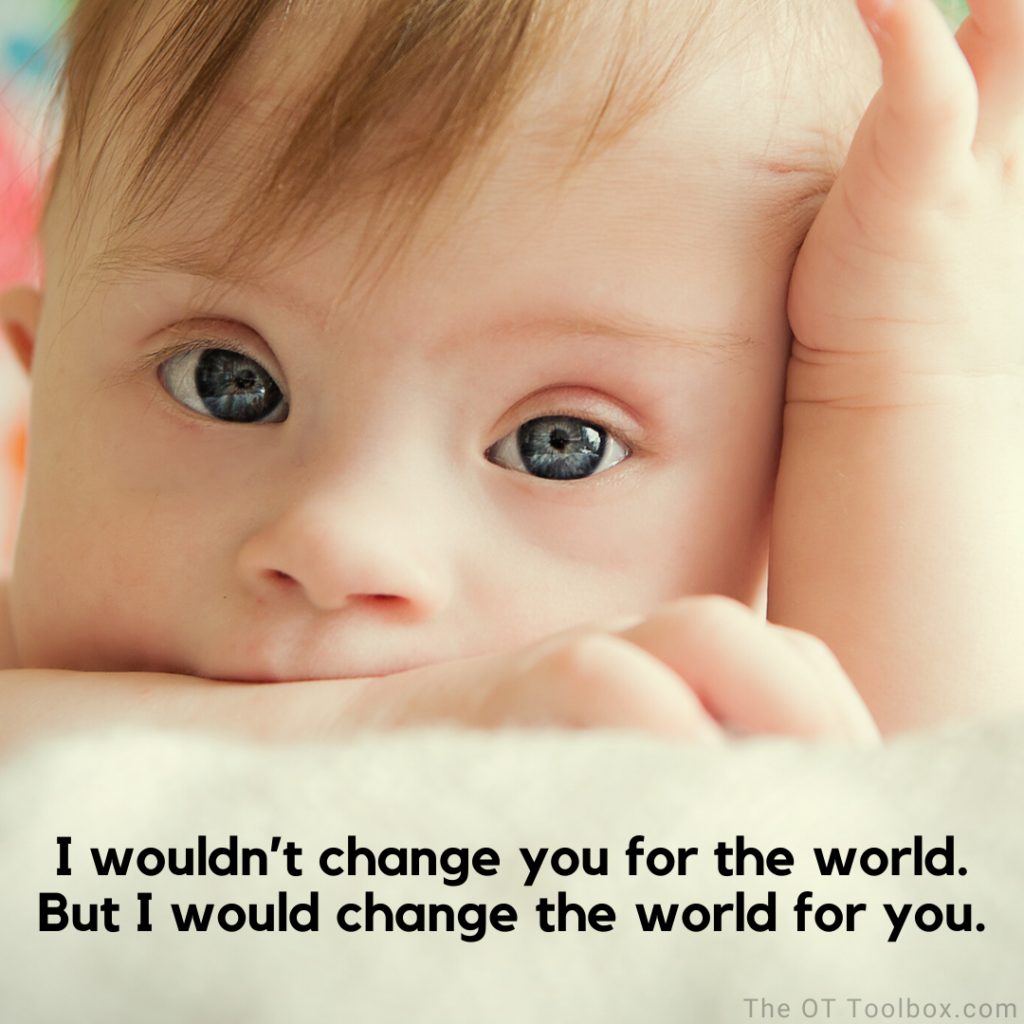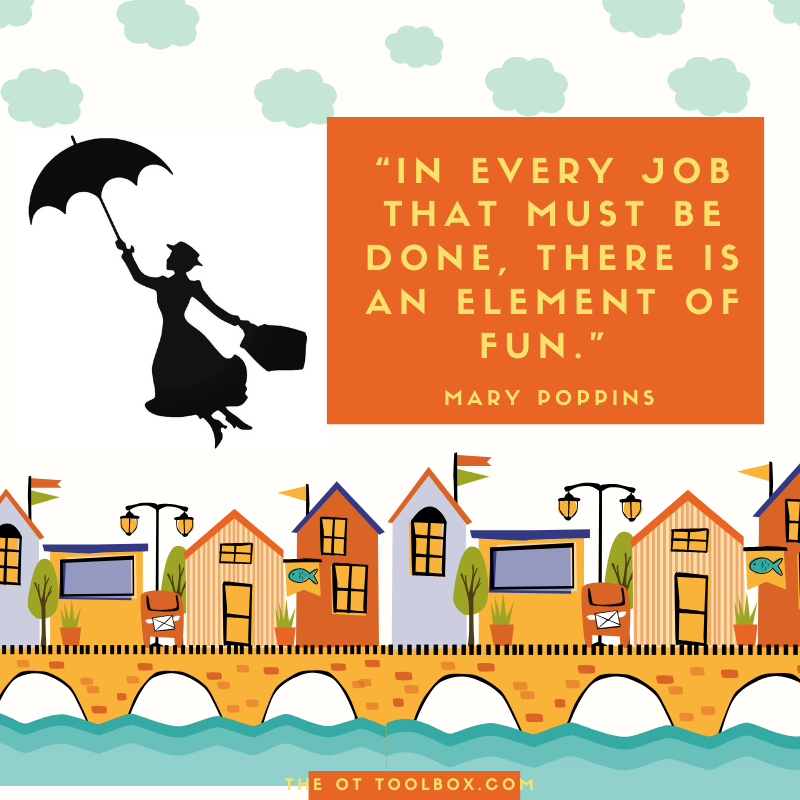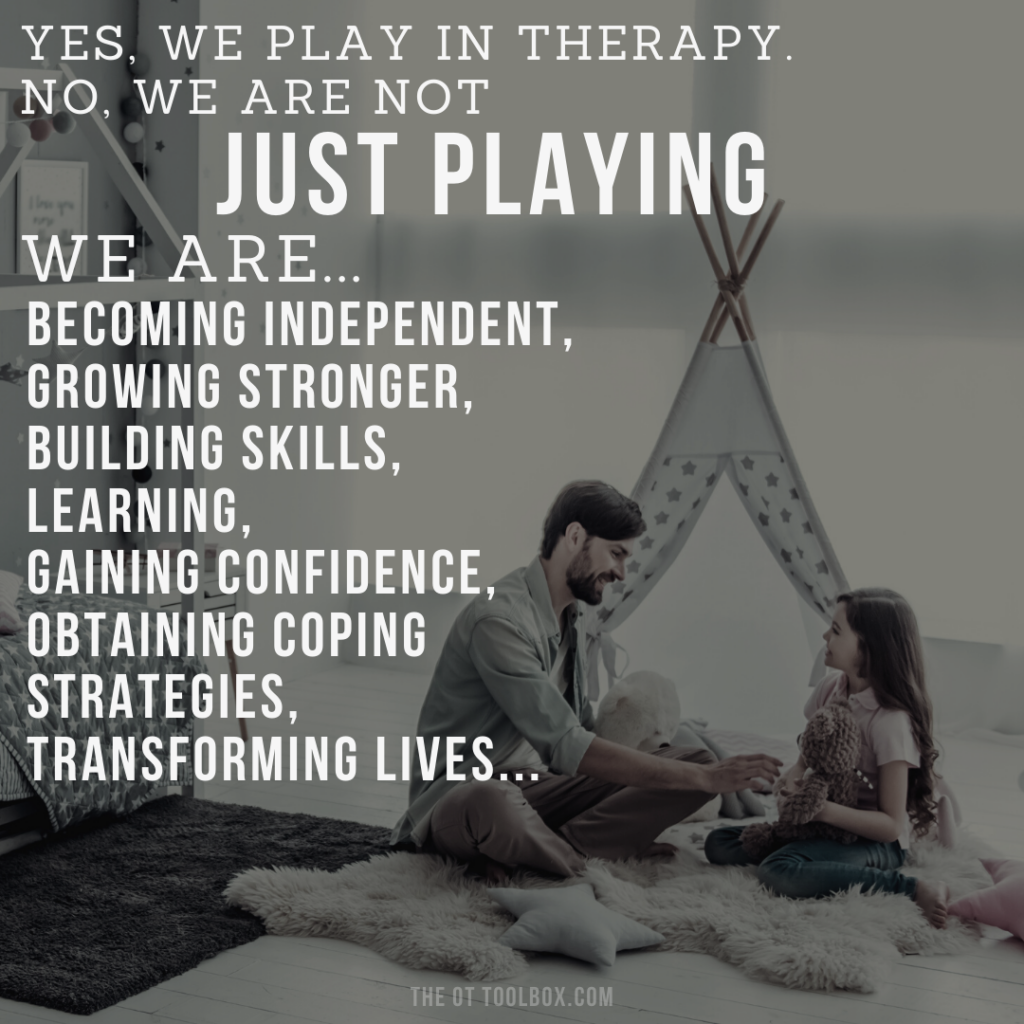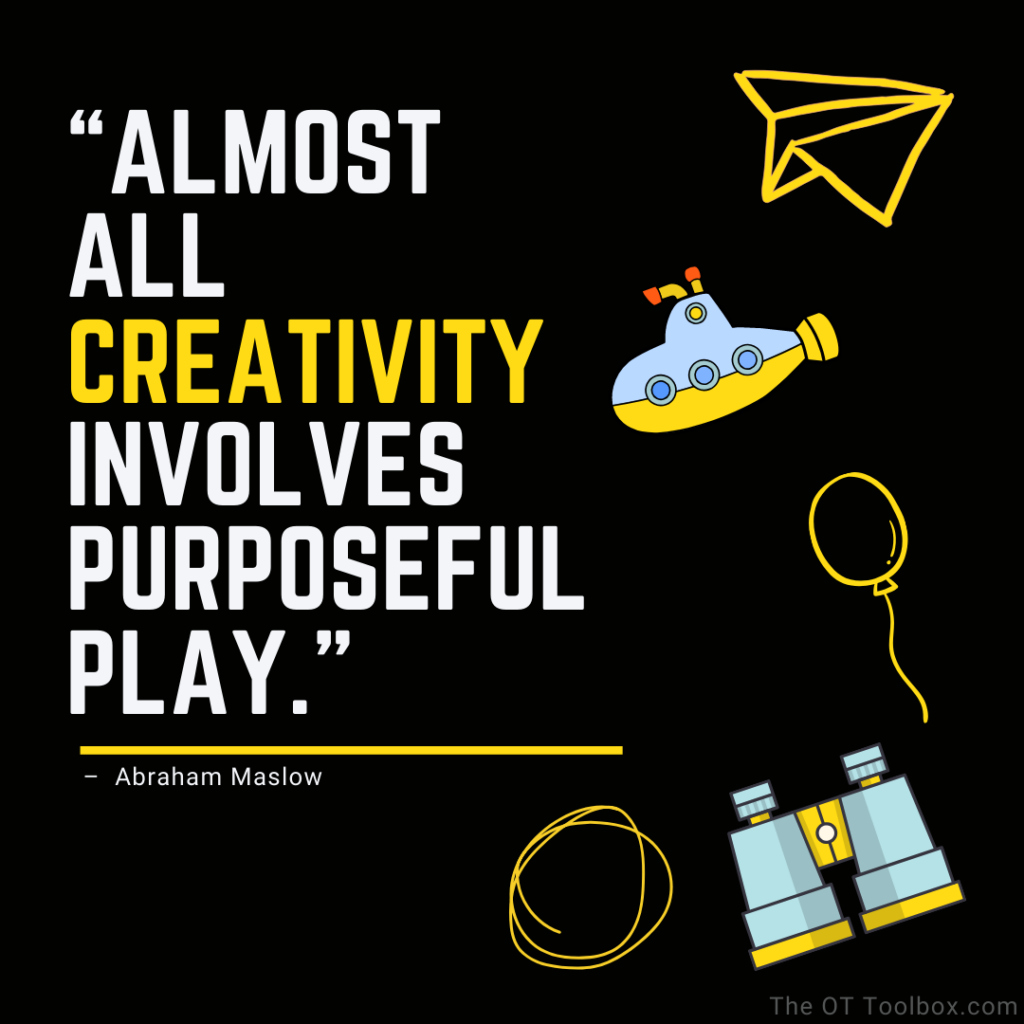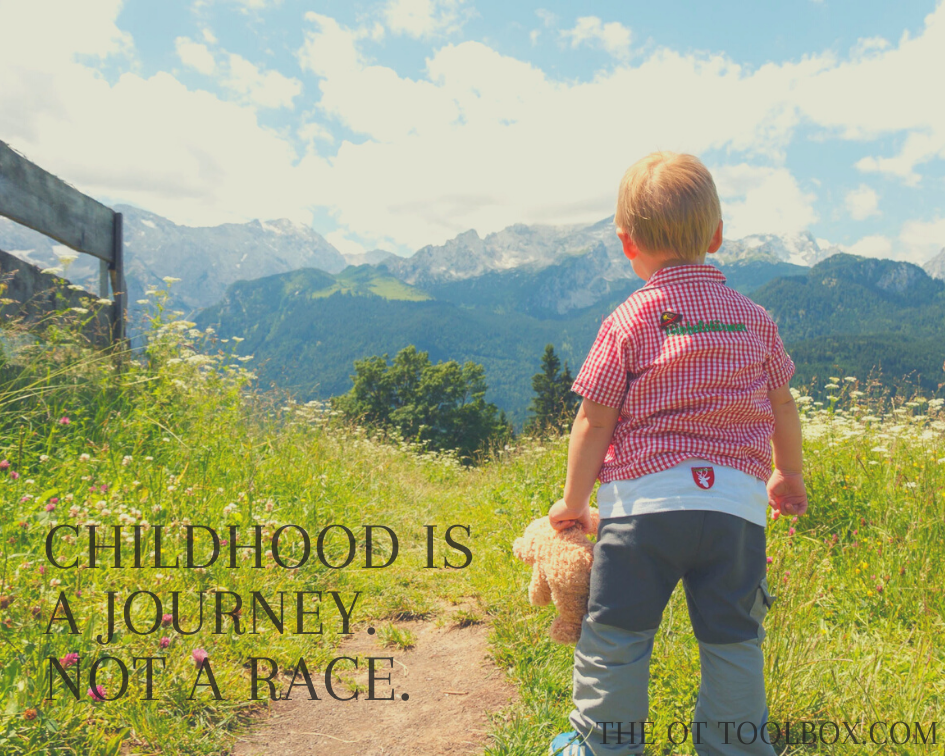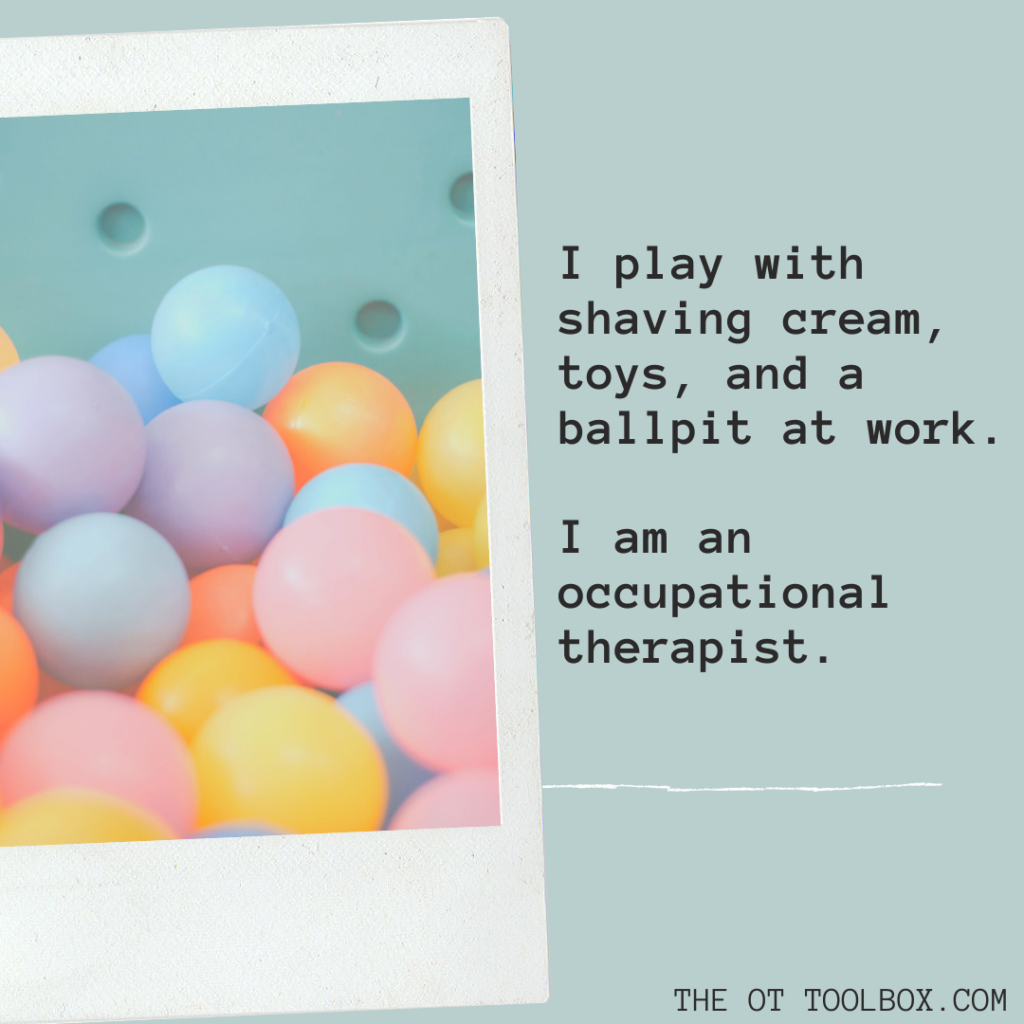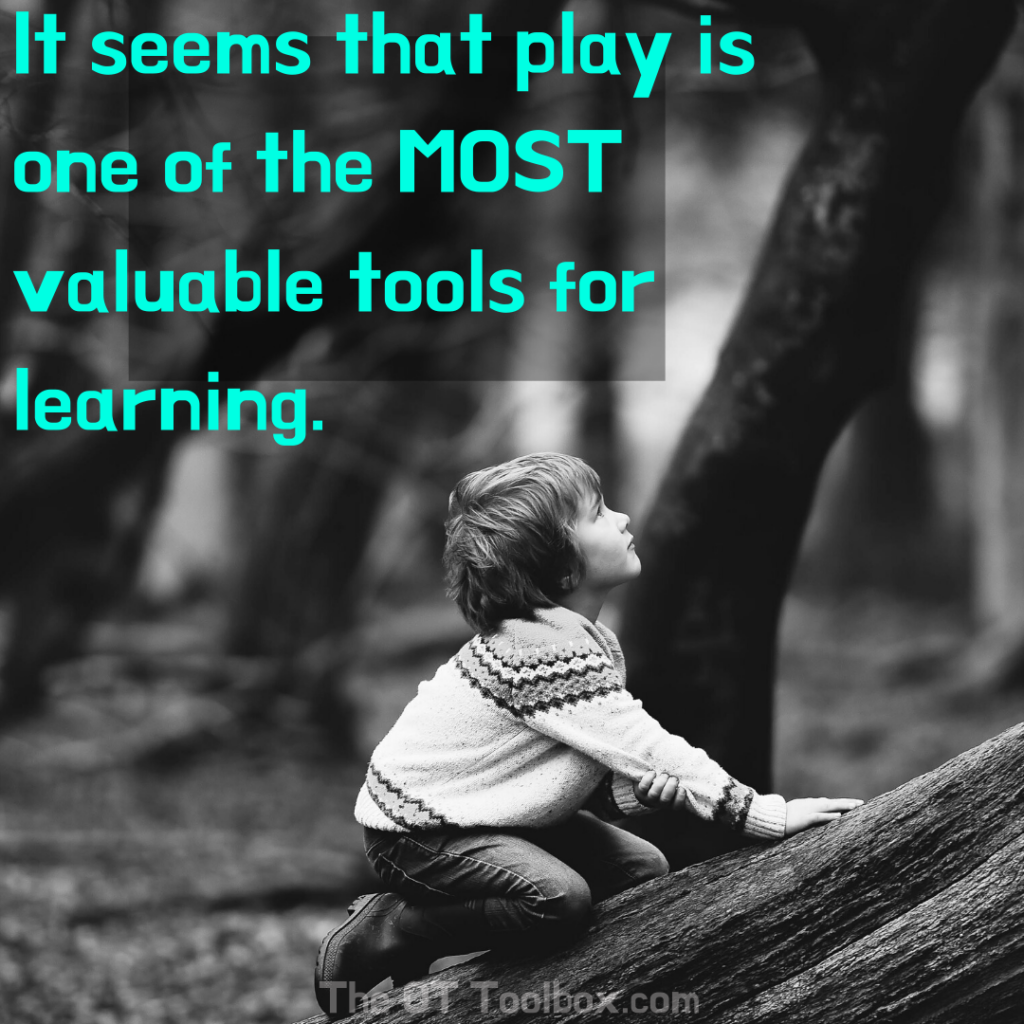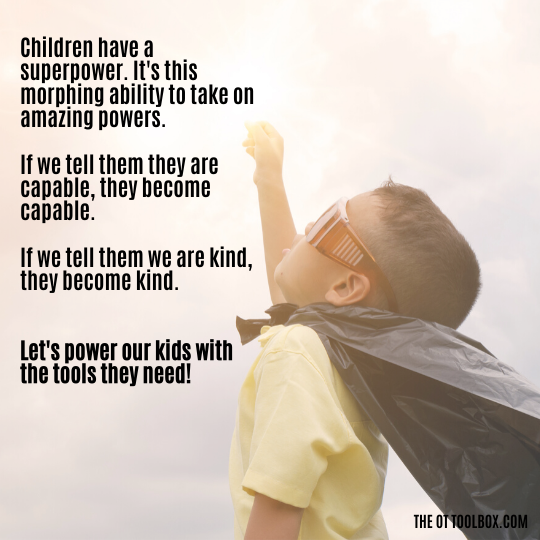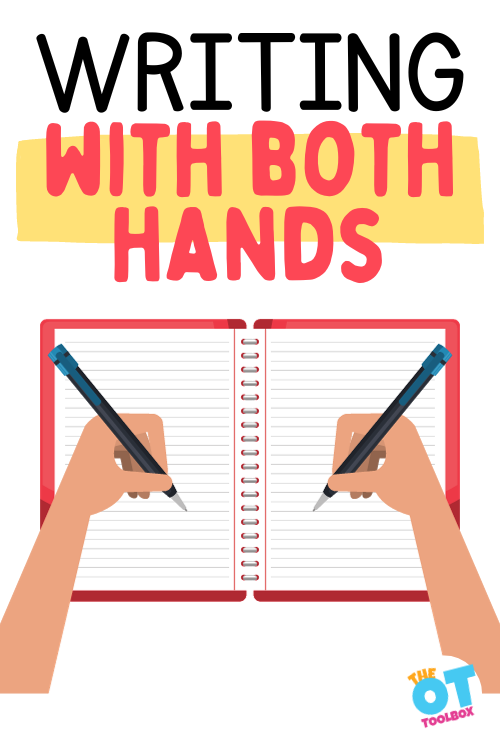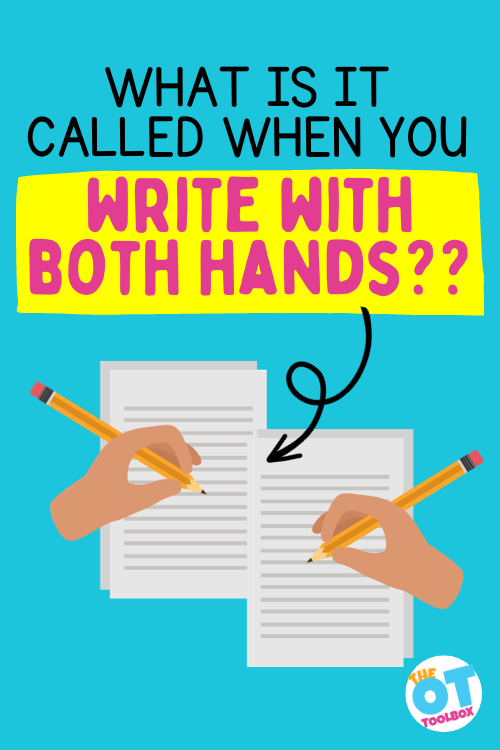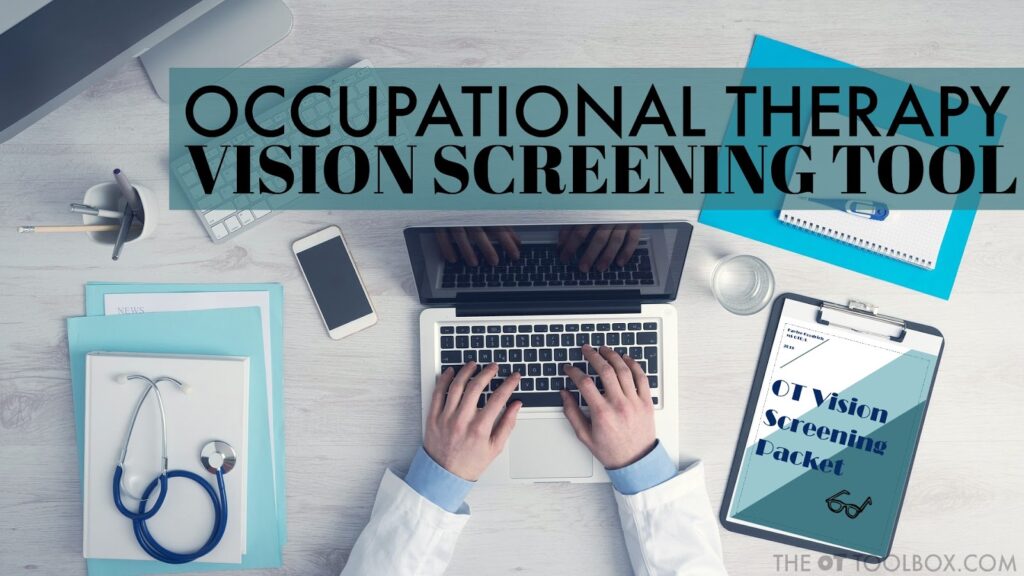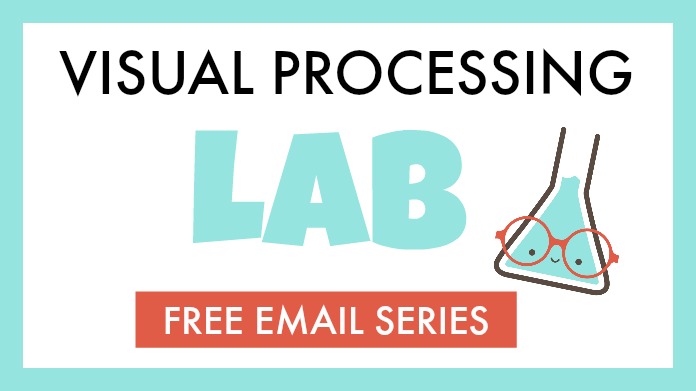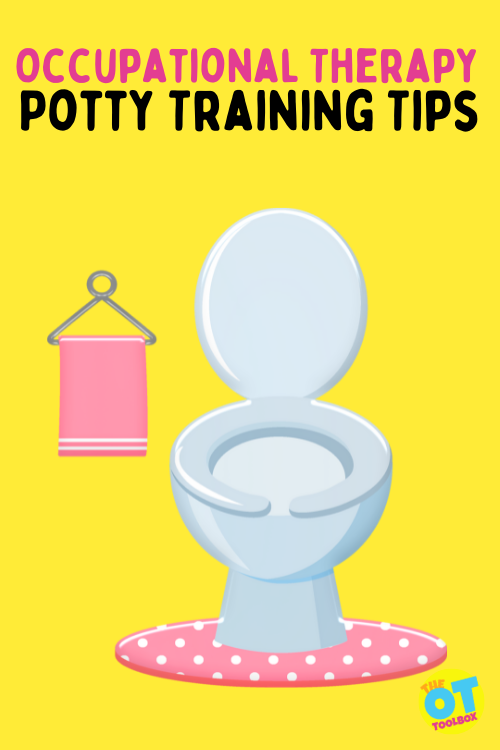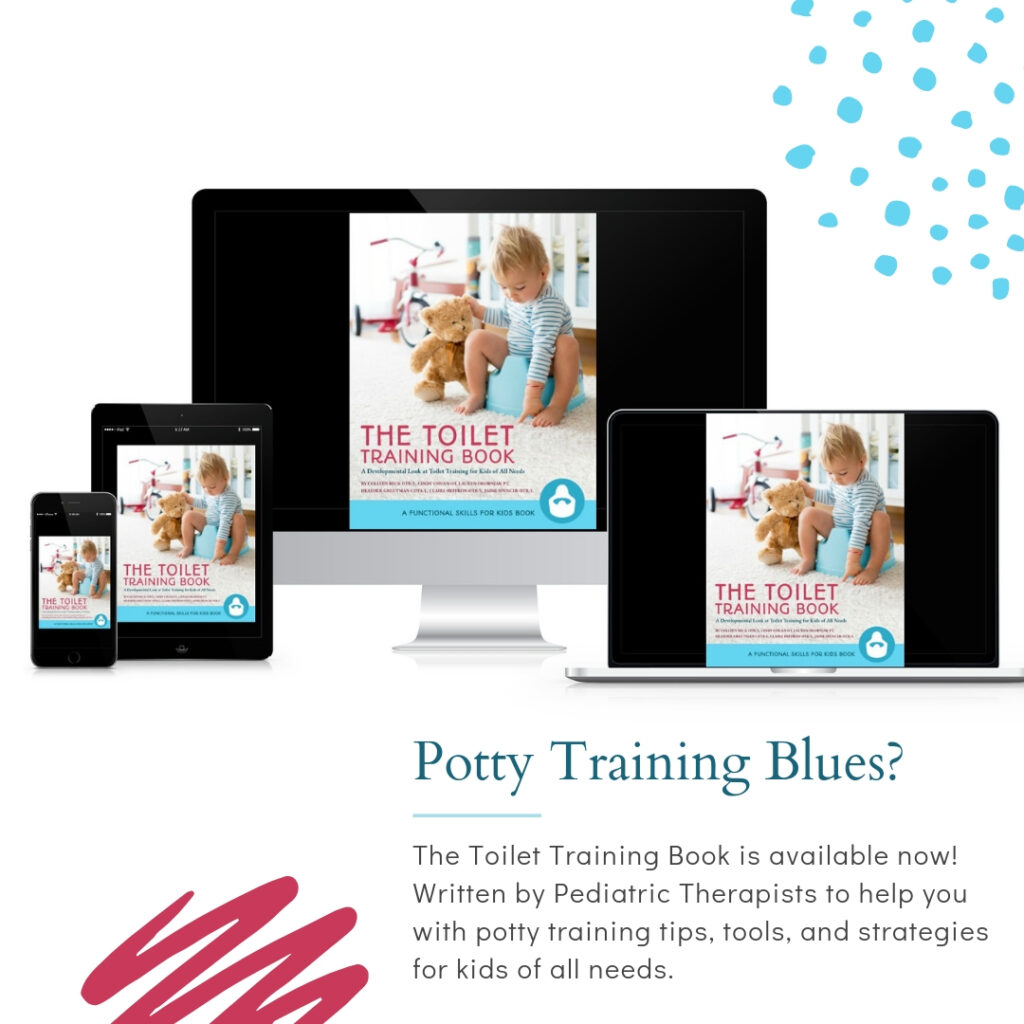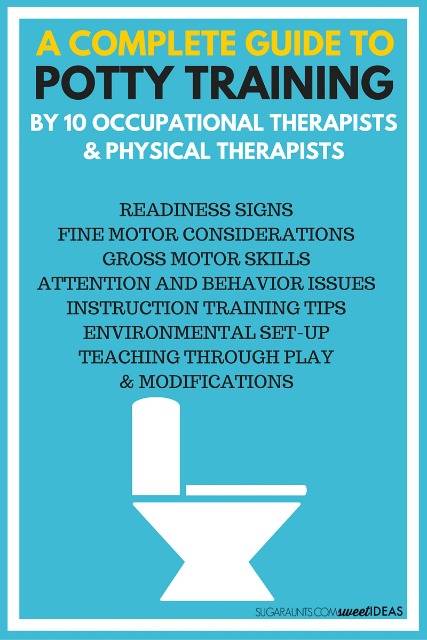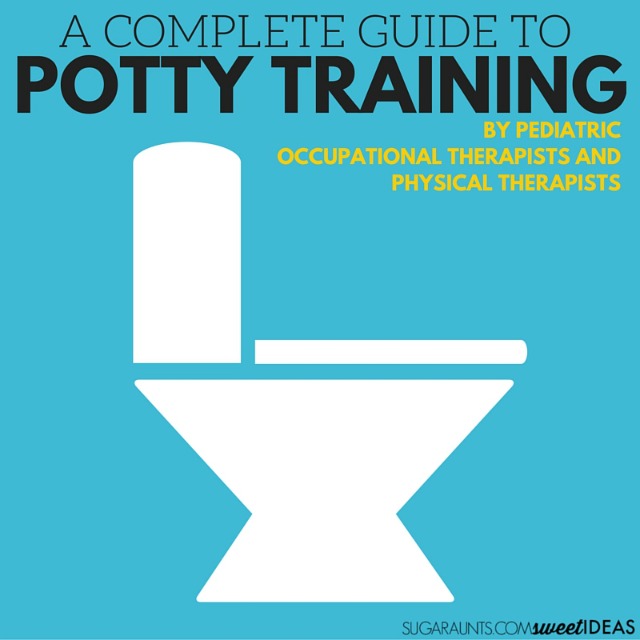Hand eye coordination plays a powerful role in daily activities. Through the integration of fine motor skills and visual processing, we see intentional and controlled motor skills. But there’s more to catching and throwing a ball at a target than the coordinated use of the hands and eyes. Let’s break down hand eye coordination development skills as well as the other underlying skills needed.
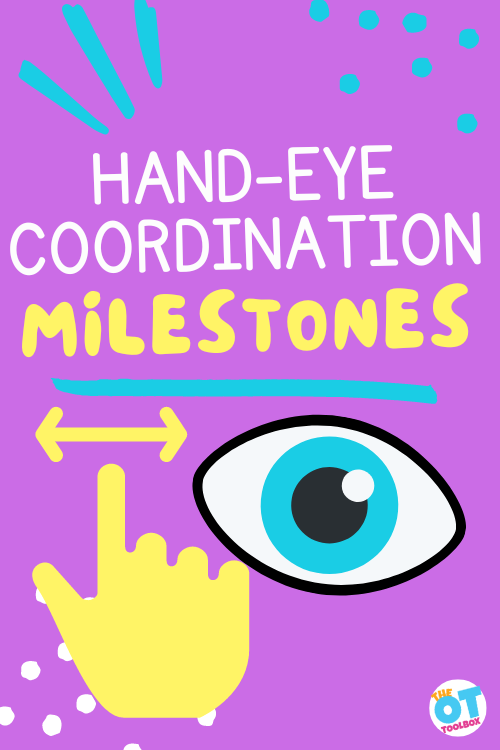
We have included affiliate links to resources in this blog post on hand eye coordination milestones. As an Amazon Influencer, I earn from qualifying purchases.
Hand Eye Coordination
Hand eye coordination refers to the coordination, or integration, of visual input and the processing of that visual information for coordinated movement of the hands. These skills impact fine motor dexterity and motor movements in functional tasks for so many tasks while manipulating movements and objects.
Eye-hand coordination is essential in handwriting, scissor use, threading beads, reading, throwing a ball, placing a cup on a shelf, coloring in lines, feeding, self-care, and much, much more.
The phrases “Hand-eye coordination” and “eye-hand coordination” are used interchangeably, however, we tend to use the phrase eye-hand coordination more appropriately, because input comes through the eyes first and the hand responds in motor tasks. However, the general population may primarily use the phrase “hand-eye coordination”.
In this blog post, we will use both phrases interchangeably, in order to reach the populations seeking information on either phrase.
In essence, hand-eye coordination, or eye-hand coordination, are the Visual motor skills used in motor tasks.
Part of this development is the refined motor skills led by arch development in the hands. Paired with dexterity and precision skills, along with visual motor components, we see hand-eye coordination.
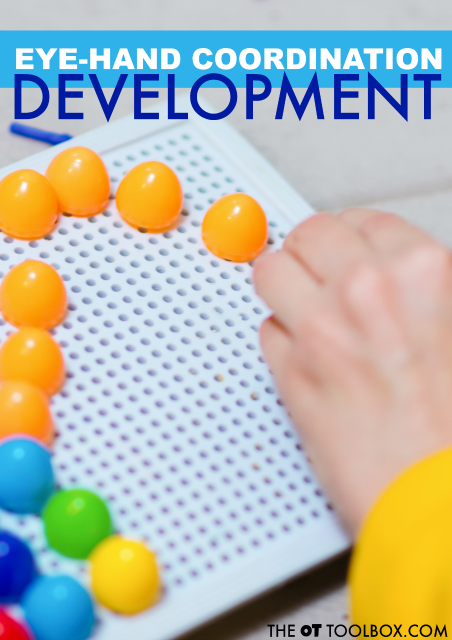
Eye Hand Coordination Development
Eye-hand coordination development typically occurs through movement, beginning at a very young age. The visual components of oculomotor skills (how the eyes move) include visual fixation, visual tracking (or smooth pursuits), and visual scanning. These beginning stages of child development play a big part down the road in taking in visual information and using it to perform motor tasks.
These hand-eye coordination developmental guidelines listed below are general guidelines of development based on approximate development of the visual motor skills needed for play, motor skills, and visual motor development.
Holding and talking to baby in the very young ages plays such an important part in the puzzle of visual motor skills.
Additionally, tummy time and as the baby gains head strength and control, they eyes become stronger in their ability to fixate, track, and scan from the prone position. This is why we place toys around a baby on a baby blanket and encourage reach.
That pivotal stage when baby begins to roll is a social media-worthy time in the parent’s life. But there is more to celebrate than baby’s new rolling skills. Control of the eyes with movement is a big accomplishment and something that baby strengthens with movement.
Hand Eye Coordination
These skill areas are broken down by months, all the way up through the preschool years.
Disclaimer: Amazon affiliate links are included in this post.
ONE MONTH:
Tracking a rattle while lying on back
Tracking a rattle to the side
TWO MONTHS:
Infant regards their own hands
Tracks a ball side to side as it rolls across a table left to right and right to left.
Tracks a rattle while lying on back side to side
THREE MONTHS:
Extends hands to reach for a rattle/toy while lying on back
FOUR MONTHS:
Reaches to midline for a rattle/toy while lying on back
While lying on back, the infant touches both hands together.
hand Eye coordination and Crawling
Crawling on the hands and knees plays a vital role in hand eye coordination, too. When baby positions themselves up on all fours, they are gaining awesome proprioceptive input, strength in the shoulder girdle, core, and neck.
When crawling, baby is gaining mobility, but also using targeted movement toward a goal they visually process.
Research shows that hands-and-knees and walker-assisted locomotor experience facilitate spatial search performance. Spatial awareness, or visual spatial relations, and visual skill development is needed for coordinated use of the hands in motor tasks.
In fact, crawling improves so many areas needed for refined eye-hand coordination, including the fine motor skills, gross motor skills, gross motor coordination, balance, and strength needed for tasks like precision of in-hand manipulation, positioning in activities, and sustained endurance. We cover more on this topic in our blog post on spatial awareness for baby.
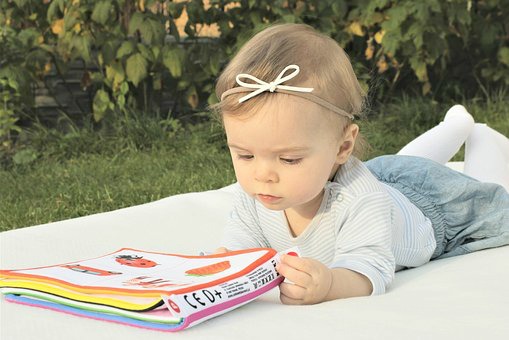
SIX MONTHS:
Brings hands together to grasp a block/toy while sitting supported on an adult’s lap
Extends arm to reach up for a toy while laying on back
SEVEN MONTHS:
Transfers a block/toy from one hand to the other while sitting supported on an adult’s lap.
Touches a cereal piece with index finger
Bangs a toy on a table surface while sitting supported on an adult’s lap
NINE MONTHS:
Claps hands together
TEN MONTHS:
Removes loose pegs from a Peg Board (affiliate link)
ELEVEN MONTHS:
Removes socks
Releases a cereal bit onto table surface
Places blocks (affiliate link) into a cup
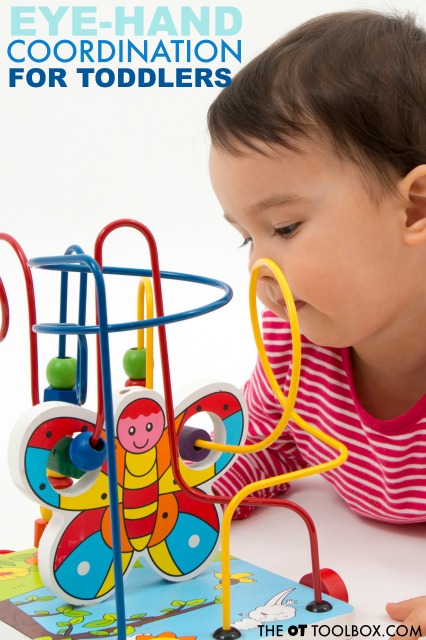
Development of Eye Hand Coordination for Toddlers
Development of hand eye coordination accelerates during the toddler years because motor skills develop at an increasing pace during the years of 1-3.
TWELVE MONTHS/ ONE YEAR:
Turns pages in a board book
Imitates stirring a spoon (affiliate link) in a cup
THIRTEEN MONTHS:
Imitates tapping a spoon on a cup
Begins to places large puzzle pieces in a beginner puzzle (affiliate link)
FOURTEEN MONTHS:
Scribbles on paper
SIXTEEN MONTHS:
Imitates building a tower of 2-3 blocks (affiliate link)
NINETEEN-TWENTY MONTHS:
Builds a block tower, stacking 4-5 blocks (affiliate link)
TWENTY THREE-TWENTY FOUR MONTHS:
Imitates copying vertical lines
TWENTY FIVE-TWENTY SIX MONTHS:
Removes a screw top lid on a bottle
Stacks 8 blocks (affiliate link)
Begins to snip with scissors
TWENTY SEVEN-TWENTY EIGHT MONTHS:
Imitates horizontal strokes with a marker
Strings 2 Beads (affiliate link)
Imitates folding a piece of paper (bending the paper and making a crease, not aligning the edges)
TWENTY NINE MONTHS:
Imitates building a train with blocks
Strings 3-4 Beads (affiliate link)
Stacks 10 blocks (affiliate link)
THIRTY ONE MONTHS:
Builds a “bridge” with three blocks (affiliate link)
THIRTY THREE MONTHS:
Copies a circle
THIRTY FIVE MONTHS:
Builds a “wall” with four blocks (affiliate link)
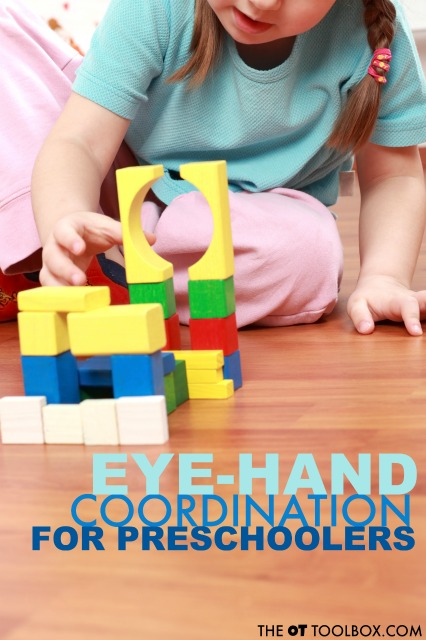
hand Eye Coordination in Preschoolers
During the preschool years, we see even more fine motor and gross motor development. These refined skills, along with more coordinated efforts enable precision and dexterity with hand-eye coordination. Check out some of the preschool activities that we love to use to support this development.
Additional information and resources are covered in our blog post on crossing midline activities for preschoolers, as the eye-hand coordination at this age develops quickly and the sensory motor skills needed for play is an important part of development.
Preschoolers are beginning to use tools such as crayons, scissors, markers, glue sticks, and more. You’ll see greater control in using these materials.
Preschoolers are also playing with more pretend play, and are able to use different toys with more refinement. While the preschool age may be able to use a pencil to create forms, occupational therapy practitioners prefer that handwriting is not encouraged at this age.
Read about the detrimental impact that handwriting has when pushed before preschoolers build the visual motor experience in this stage.
THIRTY SEVEN MONTHS:
Cuts a paper in half with scissors
FORTY MONTHS:
Lace 2-3 holes with string on Lacing Shapes (affiliate link)
Copies a cross
FORTY TWO MONTHS:
Cuts within 1/2 inch of a strait line.
Traces a horizontal line
FIFTY MONTHS:
Copies a square
Cuts a circle within 1/2 inch of the line
Build “steps” with blocks (affiliate link)
FIFTY FOUR MONTHS:
Connects two dots to make a horizontal line.
Cuts a square within 1/2 inch of the line
Builds a “pyramid” with blocks (affiliate link)
FIFTY FIVE MONTHS:
Folds a piece of paper in half with the edges parallel
Colors within lines
There is so much happening through regular play, interaction with babies and toddlers at each stage. What’s important to know is that the development doesn’t stop there!
Studies have shown that eye-hand coordination impacts learning, communication, social-emotional skills, attention, and focus. Wow!
Coordination Skills
Here are some ideas to work on eye-hand coordination for preschooler kids and older:
This Letter Eye Hand Coordination Activity helps with bilateral coordination and the visual processing skills needed for reading and so many other skills.
Try this scooping and pouring eye-hand coordination activity that can be adjusted to meet the needs of many ages and abilities.
More visual processing activities
For even MORE information on eye-hand coordination and activities to use in your occupational therapy practice, you will want to join our free visual processing lab email series. It’s a 3-day series of emails that covers EVERYthing about visual processing. We take a closer look at visual skills and break things down, as well as covering the big picture of visual needs.
In the visual processing lab, you will discover how oculomotor skills like smooth pursuits make a big difference in higher level skills like learning and executive function. The best thing about this lab (besides all of the awesome info) is that it has a fun “lab” theme. I might have had too much fun with this one 🙂
Join us in visual processing Lab! Where you won’t need Bunsen burners or safety goggles!
Click here to learn more about Visual Processing Lab and to sign up.
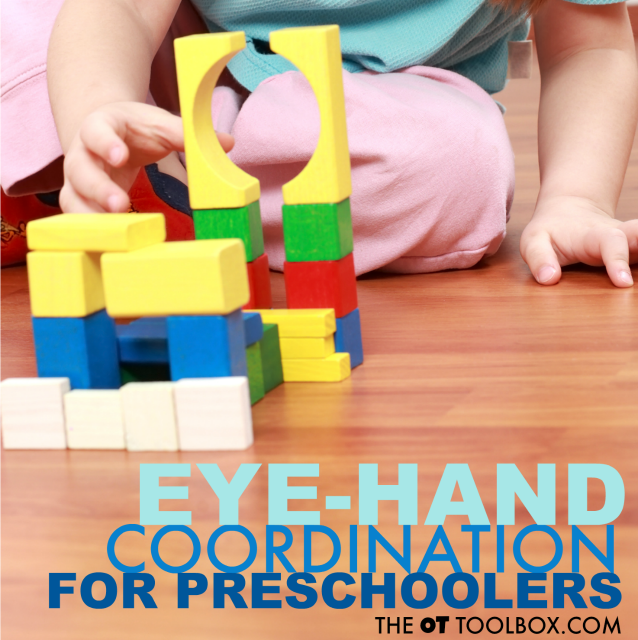
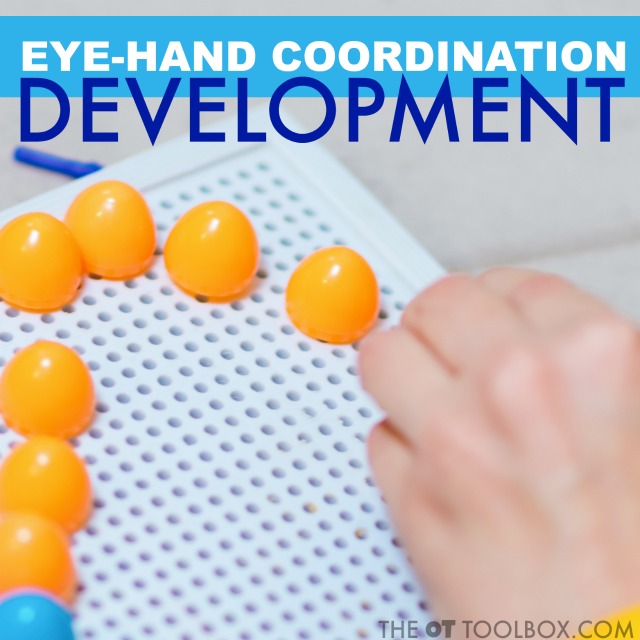
References:
Kermoian, Rosanne & Campos, Joseph. (1988). Locomotor Experience: A Facilitator of Spatial Cognitive Development. Child development. 59. 908-17. 10.2307/1130258.

Colleen Beck, OTR/L has been an occupational therapist since 2000, working in school-based, hand therapy, outpatient peds, EI, and SNF. Colleen created The OT Toolbox to inspire therapists, teachers, and parents with easy and fun tools to help children thrive. Read her story about going from an OT making $3/hour (after paying for kids’ childcare) to a full-time OT resource creator for millions of readers. Want to collaborate? Send an email to contact@theottoolbox.com.
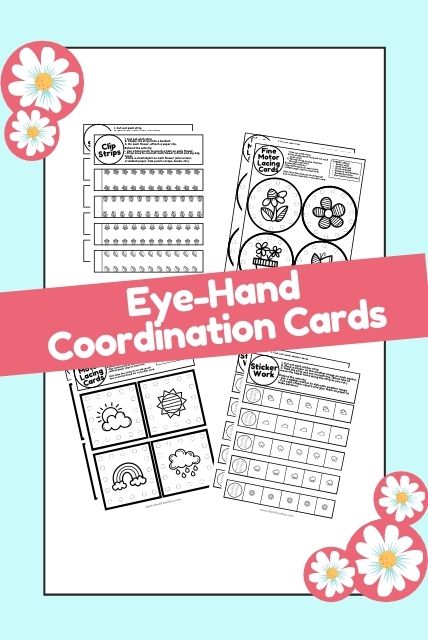

Hand eye coordination activities can be as simple as lacing cards, hole punching activities, and paperclip tasks using printable OT activities. The ones in the image above are found in our Spring Fine Motor Kit, but there are many others in our other Fine Motor and Therapy Kits:
Working on fine motor skills, visual perception, visual motor skills, sensory tolerance, handwriting, or scissor skills? Our Fine Motor Kits cover all of these areas and more.
Check out the seasonal Fine Motor Kits that kids love:












Or, grab one of our themed Fine Motor Kits to target skills with fun themes:
- Frogs Fine Motor Kit
- Unicorns Fine Motor Kit
- Vehicles Fine Motor Kit
- Apple Fine Motor Kit
- Back to School Kit
- Sports Fine Motor Kit
- Outer Space Fine Motor Kit
- Fairytale Fine Motor Kit
- Plus more in our shop!
Want access to all of these kits…and more being added each month? Join The OT Toolbox Member’s Club!


